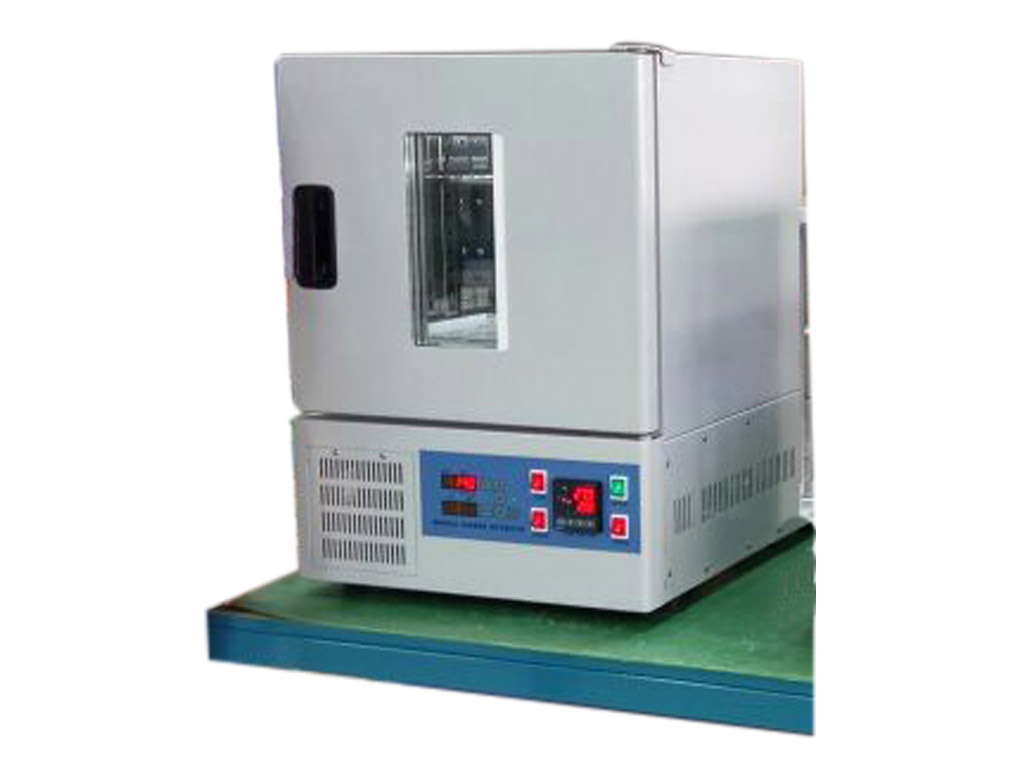An incubator is a device that serves as a controlled environment for caring, maintaining and nurturing premature microbial cultures or cell cultures. We can also say it is a device used to house and care for premature living organisms.
What is the working principle of Laboratory incubators?
Since an incubator serves as a care house for microbial cultures, cell cultures or living organisms, it needs a space to house the organisms. That is usually a chamber capacity of 20 to 800 liters, with a temperature range of +5°C to +100°C. Although the breeding temperature does not usually go past 40°C. Incubators are enclosed and insulated to provide and maintain the required temperature for whichever organism the incubator is being used for.
Generally, natural convection is a more suitable option for microbiological incubators. When the space in this incubator is full, forced air is circulated which then supports the temperature within the chamber.
When it comes to incubators, hygiene is an essential requirement. Some manufacturers even sterilize inside the incubator.

What are shaker incubators?
The main part of the incubator is the shaker: An eccentric shaking system based on weights Designed for intensive work for weeks and months continuously.
What are Cooled Incubators?
Microbiology incubators typically have a normal temperature of 37°C. But, it may require temperature ranges from room temperature to sub-zero temperatures for different applications.
Cooled incubators are the most ideal incubators in case of a high ambient temperature. A cooled incubator is typically used to handle food concerns like storage and shelf-life tests. While it is used for soil germination, and for determining the biochemical oxygen requirements in environmental technology.
It is also used to cultivate different kinds of organisms like yeast, fungi, and to grow crystals (in protein biology).
The cooled incubator has different lighting to give a day-night flow.
Cooled incubators are the most ideal to use in zoology, for growing plants.

Compressor Cooling in A Cooled Incubator
Cooled incubators have a compressor that cools the inner part of the incubator, like the ones in refrigerators. Most manufacturers use a cooling air jacket to separate the components of the cooling system from the inner part of the incubator. They do this to prevent possible cold spots and samples from drying out.
Applications in the incubator may include:
- Microorganism reproduction such as yeast, fungi, etc.
- Egg hatching and insect breeding.
- Controlled sample storage.
- Breeding crystals, and protein crystals.
How to choose an incubator For Lab
First, consider the size of the incubator and the volume it can take. Then look out for the temperature, range of Co2, humidity which are also important for your work.
Incubators are usually water-jacketed or air jacketed, and sometimes other sources of direct heat are used to prevent cold spots. For the control, you may go for thermal conductivity or infrared sensor detection. Also, consider the design of the incubator, whether it is usable in standard laboratories.
Hygiene is a major requirement in incubators to prevent possible contamination. So, many manufactures include antimicrobial copper, removable shelves, etc to ensure hygiene. They also have programmable alarms, plus touchscreen displays to make the incubator easier to use.
An incubator serves the purpose of providing a suitable and controlled environment for microorganisms or premature organisms to grow and develop. So everything about an incubator mechanism combines to make the incubator a safe environment for the organism.
Why buy from us?
MRC is an international company that has been manufacturing laboratory products for over 30 years. We specialize in customizing laboratory incubators.